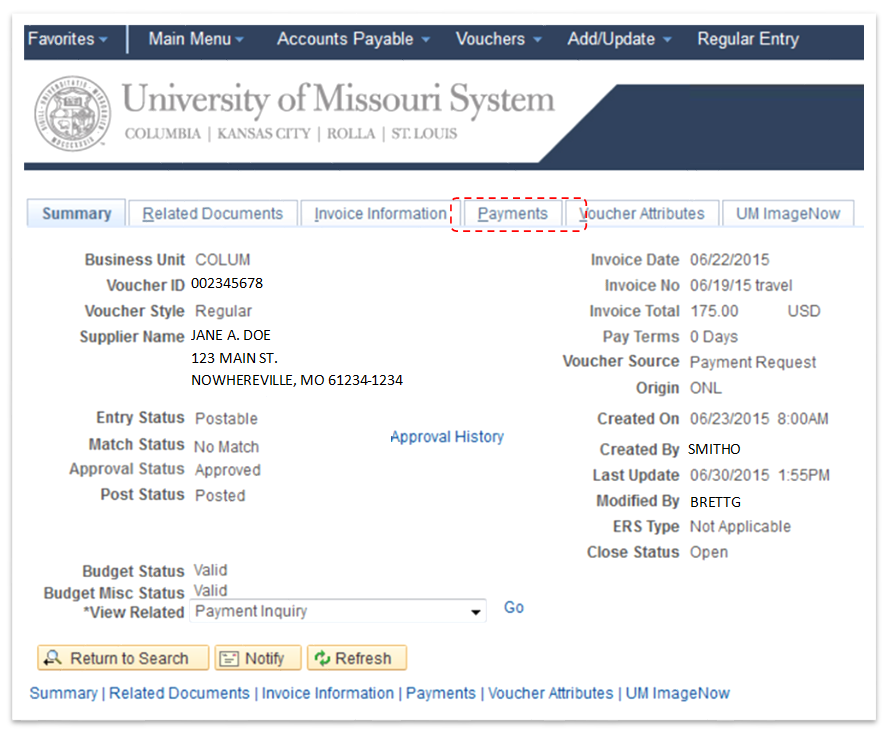Table of Contents

t1b: An exploit comes to be active. t2: Many vulnerable systems have used the spot. Thus the formula for the size of the home window of susceptability is: t2 t1b. In this formulation, it is always true that t0 t1a, and t0 t1b. Keep in mind that t0 is not the same as day no.
For typical vulnerabilities, t1b > t1a. This suggests that the software application vendor recognized the vulnerability and had time to publish a protection spot (t1a) before any hacker might craft a practical manipulate (t1b). For zero-day exploits, t1b t1a, such that the exploit comes to be energetic prior to a patch is made available.
It has actually been suggested that a remedy of this kind might be out of reach because it is algorithmically difficult in the general instance to examine any kind of approximate code to figure out if it is destructive: as such an evaluation reduces to the stopping problem over a linear bounded robot, which is unsolvable.
How Banking Security can Save You Time, Stress, and Money.
Many modern-day anti-viruses software program still utilizes signatures but also brings out other kinds of analysis. [] In code analysis, the machine code of the documents is analysed to see if there is anything that looks dubious. Generally, malware has characteristic behavior; code analysis attempts to identify if this is existing in the code.

An additional limitation of code analysis is the time and sources available. In the affordable world of anti-virus software, there is always an equilibrium in between the effectiveness of analysis and the time delay included.
This can be orders of size faster than evaluating the very same code, but should stand up to (and discover) attempts by the code to detect the sandbox. Generic signatures are trademarks that are details to specific practices instead than a specific thing of malware. A lot of new malware is not entirely unique, however is a variant on earlier malware, or contains code from one or even more earlier instances of malware.
The Facts About Banking Security Revealed
Hosted in a protected and robust cloud atmosphere, Our cutting edge, scalable services are created to increase innovation and help banks supply the experiences users demand currently and in the future. We provide public and personal hybrid cloud organizing solutions, with implementations both in our own completely redundant and extremely available data facilities based in the USA, as well on the AWS public cloud, running 24 hours a day, 365 days a year, under one of the most strenuous high quality and safety and security criteria.
The cash conversion cycle (CCC), likewise called the internet operating cycle or cash money cycle, is a statistics that shares, in days, how much time it takes a company to convert the money spent on supply back right into cash from selling its item or solution. The shorter the cash money cycle, the much better, as it indicates less time that cash is bound in accounts receivable or stock.
This statistics thinks about exactly how much time the business requires to market its supply, just how much time it takes to accumulate receivables, and how much time it needs to pay its bills. The CCC is just one of several quantitative measures that assist review the effectiveness of a business's operations and monitoring.
The 8-Second Trick For Banking Security
One must remember that CCC applies only to pick fields dependent on inventory management and associated procedures. The cash conversion cycle (CCC) is a statistics that reveals the length of time (in days) that it takes for a business to transform its investments in inventory and other sources into capital from sales.
g., year = 365 days, quarter = 90) The first phase concentrates on the existing stock level and represents for how long it will certainly take for the business to market its inventory. This figure is computed by utilizing the days supply superior (DIO). A reduced worth of DIO is favored, as it indicates that the firm is making sales swiftly, implying much better turnover for the organization.

Supply=21(BI+EI)BI=Starting stock, EI=Ending supply The second phase focuses on the existing sales and represents just how long it takes to accumulate the money produced from the sales. This number is calculated by utilizing the days sales outstanding (DSO), which splits average receivables by income per day. A lower value is favored for DSO, which suggests that the firm is able to gather capital quickly, consequently improving its money placement.
Indicators on Security Consultants You Should Know
Accounts Receivable=21(BAR+EAR)BAR=Start AREAR=End AR The 3rd stage concentrates on the existing outstanding payable for the company. It takes right into account the amount of money that the firm owes its current distributors for the stock and products it acquisitions, and it represents the period in which the business have to pay off those commitments.
Boosting sales of stock for earnings is the main way for a business to make even more earnings. Just how does one sell a lot more things? If cash money is easily available at routine intervals, then one can produce even more sales for earnings, as frequent schedule of capital results in much more products to make and sell.
Cash isn't an element till the company pays the accounts payable and accumulates the accounts receivable. CCC traces the life cycle of money used for service task.
5 Simple Techniques For Security Consultants
CCC might not provide purposeful inferences as a stand-alone number for an offered duration. Analysts use it to track a service over multiple period and to compare the firm to its rivals. Tracking a firm's CCC over numerous quarters will certainly show if it is enhancing, preserving, or worsening its operational efficiency.
Navigation
Latest Posts
Should I Plumb My Own Home near me Sacramento, California
Diy Plumbing near me Sacramento, California
Diy Plumbing near me Sacramento, California